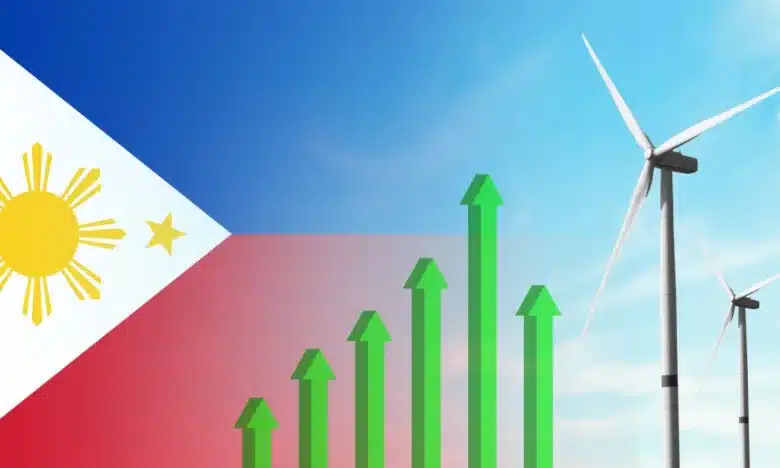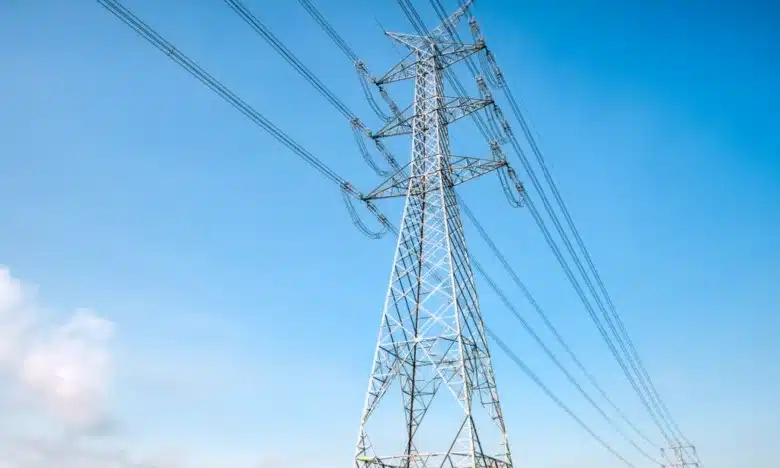
Can Natural Gas Help Secure Our Energy Future?
- June 9, 2025
The Philippine economy is picking up pace, with GDP rising by 5.4% in the first quarter of 2025, according to the Philippine Statistics Authority. At its current trajectory, the economy is on track to double in size from its 2022 level by 2030.
Rising industrial activity and expanding sectors, such as manufacturing and infrastructure, are pushing energy consumption to new heights. With demand projected to climb steadily, the question of how to power the nation’s growth has become a focal point of political and environmental discourse.
Moreover, the Philippines faces growing pressure to secure new energy sources as the Malampaya gas field—its only major domestic natural gas reserve—nears depletion. Supplying about 2,081 megawatts (MW) to Luzon and 16% of the country’s power generation, Malampaya has been vital since 2001. Although its service contract was extended to 2039, output will decline sharply by 2027.
Efforts are underway to extend the field’s life, but according to the Asia Natural Gas and Energy Association (ANGEA), long-term solutions may lie in untapped reserves. As natural gas plays a larger role in the country’s energy mix, urgent action is needed to avoid future supply gaps.
(Also read: What’s Driving the Philippines’ Nuclear Energy Push)
Natural gas: a cleaner bridge fuel from coal
Coal remains central to the Philippines’ energy mix, yet its global climate impact is limited.
According to the European Commission’s 2023 Emissions Database for Global Atmospheric Research (EDGAR), the Philippines contributed just 0.5% of global greenhouse gas emissions—far less than major emitters like China and Indonesia. A rapid coal phase-out would have minimal global effect but could undermine national energy security.
The challenge lies in the intermittency of sources like solar and wind, which depend heavily on weather conditions and time of day, making them less reliable for consistent baseload power.
Data from the Department of Energy shows that in 2022, wind and solar power generated just 2,582 gigawatt-hours (GWh)—only 2.6% of the nation’s total electricity output of 111,516 GWh. Meanwhile, coal dominated the energy mix, producing 66,430 GWh or nearly 58% of the total.
Columnist Den Somera emphasized that fossil fuels have long been the foundation of social progress. He wrote, “It literally enabled society to meet the primary needs of its populace, including the means to provide the conditions for the people to have the ability to reach their full potential and development.”
According to Venice Isabelle Rañosa, research director at Stratbase Group, natural gas– also a fossil fuel– can play a key role in the country’s transition to cleaner energy. “In particular, liquefied natural gas (LNG) offers a cleaner alternative to coal as the global energy landscape moves away from high-carbon sources,” she wrote.
On its website, ANGEA highlights the Philippines’ strong potential in natural gas development. With the country expanding its energy portfolio, gas is seen as a practical solution to complement renewables and ensure reliable supply.
“Natural gas is a perfect fit for the Philippines, as a fuel that will enable the country to reduce coal use while continuing to invest in renewable energy sources,” said ANGEA CEO Paul Everingham.
Meanwhile, Federico Lopez, chairman and CEO of energy firm First Gen, highlighted that the Philippine Energy Plan (PEP) forecasts peak power demand to surge from 16,596 MW in 2022 to nearly 70,000 MW by 2050, reflecting an average annual growth rate of 5.2%.
While solar and wind offer clean power, Lopez said their intermittent nature limits their ability to provide consistent grid stability. “Natural gas has the ability to do two things,” he noted. “It can generate a kilowatt-hour with half the emissions of a coal plant.”
He also explained that natural gas offers flexible generation that can quickly adjust output to balance the variability of renewables—something that coal can’t do.
(Also read: Why Coal Remains Essential for Energy Security)
How the government is advancing natural gas
The Philippine Natural Gas Industry Development Act, signed into law by President Ferdinand Marcos Jr. in January 2025, sets a clear framework to advance the country’s natural gas sector. The legislation underscores natural gas as a “cost-effective source of energy and an indispensable contributor to energy security,” supporting efforts to diversify the nation’s power mix.
The law creates the Philippine Downstream Natural Gas Industry (PDNGI) and positions the country as an LNG trading and transshipment hub in the Asia-Pacific region. It aims to promote natural gas as a bridge fuel to renewables by establishing a clear legal and regulatory framework for the downstream gas sector.
Locally sourced natural gas will be prioritized over imports, especially for gas-fired power generation, an approach aimed at strengthening energy security and protecting consumer welfare. The measure also grants preferential treatment to electricity produced from indigenous gas over other conventional energy sources.
To draw more investment into the natural gas sector, the law offers fiscal incentives and streamlines regulatory processes. Projects under the PDNGI will be processed through the Department of Energy’s (DoE) Energy Virtual One-Stop Shop to fast-track approvals.
Additionally, qualified developments may enjoy tax benefits, including VAT exemptions on the sale of locally produced gas and related electricity.
Call for increased investment in natural gas facilities
Columnist Victor Andres C. Manhit stressed the need for greater infrastructure investment to unlock the full economic potential of natural gas in the Philippines. Expanding LNG terminals, regasification units, and pipelines is crucial to achieve this.
“This opens opportunities to expand natural gas utilization from its current use in power generation to industrial, commercial, and transport use, among others,” he wrote.
He lauded the $3.3 billion joint venture between Meralco PowerGen, Aboitiz Power, and San Miguel Global Power to develop an LNG facility in Batangas. The terminal will receive, store, and process LNG for two power plants supplying the Luzon grid. With a combined capacity of 2,500 megawatts, the project is expected to meet rising peak demand while serving as a reliable bridge fuel during the country’s energy transition.
Senator Sherwin Gatchalian also expressed support for the PDNGI, emphasizing its role in addressing policy gaps and bolstering the natural gas sector. He highlighted the law’s importance in enabling greater private sector participation throughout the natural gas value chain.
At the same time, DoE Secretary Raphael Lotilla urged stakeholders and private sector partners to collaborate with the government in building a resilient, self-reliant, and sustainable energy future for the Philippines.
Balancing risks with benefits
While natural gas offers many benefits, it’s not without challenges. Being a finite fossil fuel, relying on it too heavily could slow the transition to renewable energy and raise questions about long-term supply. Additionally, some extraction methods, like hydraulic fracturing, come with environmental considerations that need careful management.
However, Engineer Ina Pauline Abelon addressed common concerns about LNG’s safety.
“LNG is odorless, non-carcinogenic, non-toxic, and in its liquid form, not flammable,” she stated. “LNG vapor, being colder and lighter than air, disperses rapidly, minimizing the possibility of accumulation, unlike Liquified Petroleum Gas.”
She also pointed to LNG’s strong safety track record in power plants, which employ advanced control systems and rigorous safety assessments. LNG storage tanks feature double-layered, reinforced designs that comply with international safety standards, while transportation follows strict protocols to ensure secure handling.
Beyond safety, Abelon highlighted LNG’s role as a dependable baseload energy source, providing continuous, scalable power capacity.
“LNG’s abundant availability, reliability, and scalability make it an ideal candidate to complement intermittent renewables like wind and solar power,” Abelon concluded.
Sources:
https://angeassociation.com/location/the-philippines/
https://www.philstar.com/business/2024/10/01/2389140/natural-gas-crucial-amid-re-buildup
https://powerphilippines.com/erc-boosts-meralcos-ilijan-power-deal-enhances-regional-supply/
https://www.bworldonline.com/opinion/2024/06/19/602601/lng-as-the-cleaner-fuel-for-energy-security
https://www.rappler.com/voices/thought-leaders/analysis-why-coal-will-remain-philippines-main-energy-driver/



